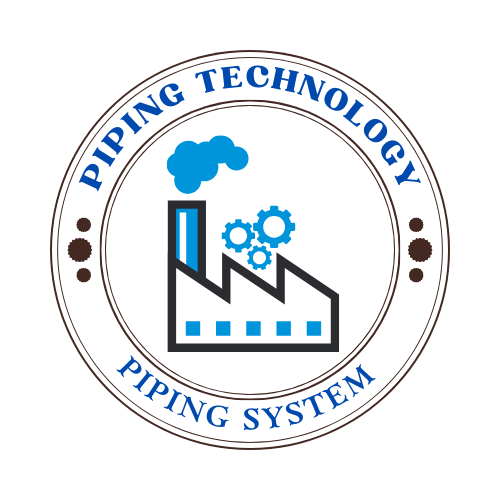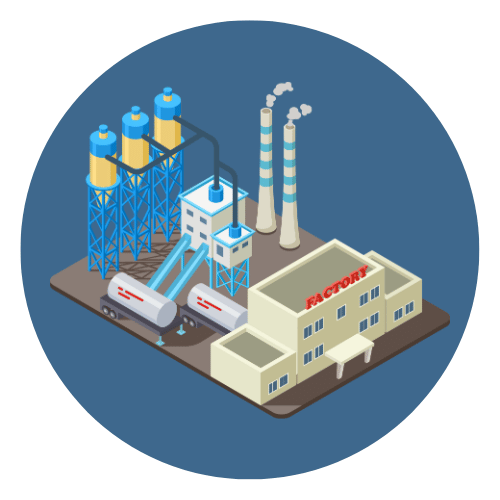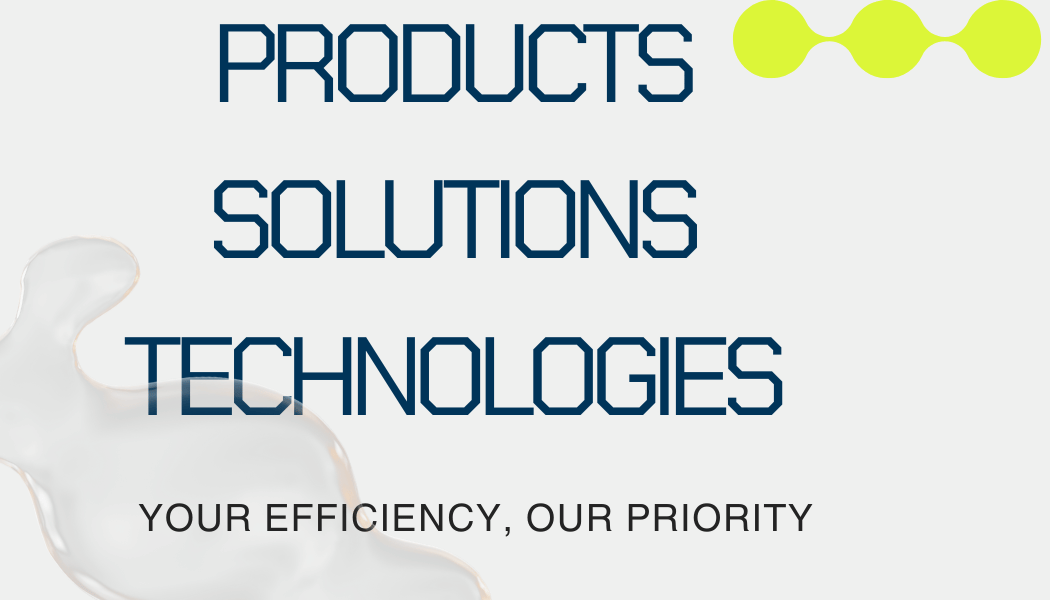Oil pressure sensors play a critical role in maintaining the health and efficiency of various mechanical systems, particularly in automotive engines. These sensors monitor the oil pressure within the engine, ensuring that there is enough oil flowing to lubricate moving parts without causing excessive wear or overheating. This monitoring is essential because proper lubrication significantly contributes to the longevity and performance of an engine.
In industries beyond automotive, such as manufacturing, aviation, and marine, oil pressure sensors are equally vital. They help prevent machinery failures by providing real-time data that can signal the need for maintenance or adjustments before more significant problems occur. This capability not only helps in avoiding costly repairs but also ensures safety in operations where equipment failure could lead to serious consequences.
As technology advances, the precision and capabilities of oil pressure sensors continue to improve, making them integral components in modern mechanical and electronic systems. This article will explore the functionality of these sensors, their applications, and the latest advancements in sensor technology, illustrating their importance across various sectors.


 Automation System
Automation System  Energy Engineeing
Energy Engineeing  Instrumentation System
Instrumentation System  Mechanical Engineeing
Mechanical Engineeing  Piping Technologies
Piping Technologies  Transportations
Transportations  Manufacturing
Manufacturing  Training Material
Training Material 













